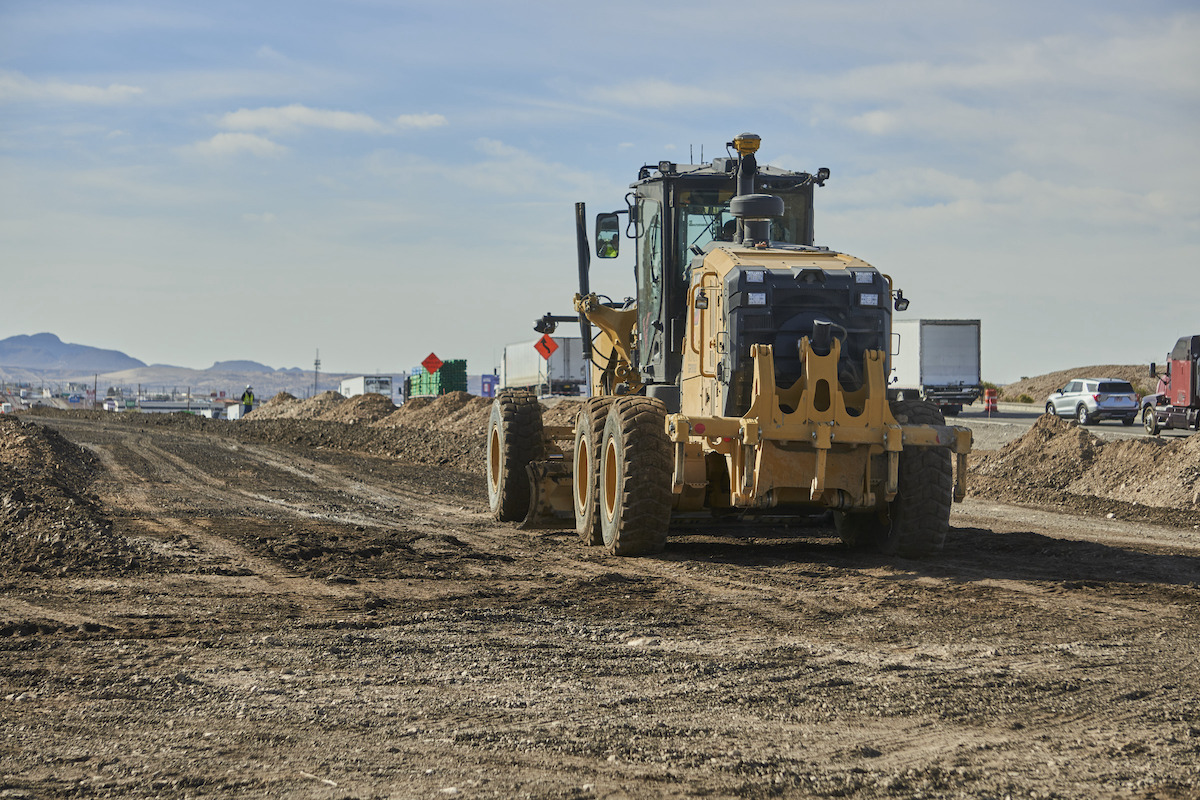The Zachry EEC project also earned JQ an ACEC Texas Gold Medal in the Structural Systems category and an ACEC National Recognition Award. “We are honored to have received these awards and the national recognition for our structural engineering expertise on this project,” says Lucy.
As the structural engineer of record and a consultant to the prime firm TreanorHL, JQ was involved in the reimagining and expansion of the Zachry EEC which is the cornerstone of the College of Engineering (COE) on the campus of Texas A&M University (TAMU).
The first major step towards this goal occurred with the completion of the Zachry EEC which now stands at 525K sf and was achieved by renovating the original 300K sf building, vertical expansion of the original building and two five-story building additions.
Much of the building structure is concealed by architectural finishes; however, the building contains an abundance of structure on display: architecturally exposed structural steel canopies and trellises with spans in excess of 70 feet, a 3,800 sf steel-framed skylight structure over a central atrium, exposed cast-
in-place concrete structure, active-learning (seating) stair to promote collaboration, and an engineering

| Your local ASV dealer |
|---|
| CLM Equipment Co |
quadrangle with a rain garden, shade structures and engineering-focused artwork. Interior floor-to-ceiling storefront provides visual access into the fabrication center and engineering laboratories to put engineering education and experiments on full display.
According to JQ’s principal Carlo Taddei, PE, “The most complex requirement was to make all of the exterior load-bearing precast concrete on the original building disappear.” In addition to the existing precast elements that were 10 foot wide columns, there was a void space in the middle of each element which served as a mechanical chase. All loadbearing precast concrete wall elements were replaced by a new steel exoskeleton while retaining all of the existing four floors supported by the original precast.
The Zachry EEC is now the largest academic building on campus with 525K sf of space, accessible to engineering students 24/7 which has increased the utilization and efficiency of the building. To many, the Zachry EEC is so unrecognizable since its transformation that many believe the original 300K sf building was demolished. In reusing 80 percent of the original building, significant economic and sustainable benefits were achieved.






































































